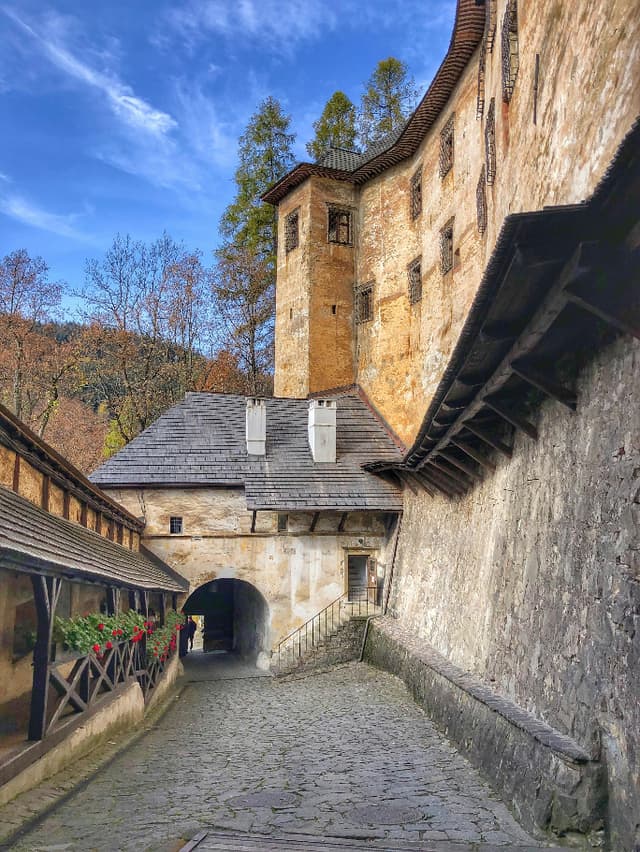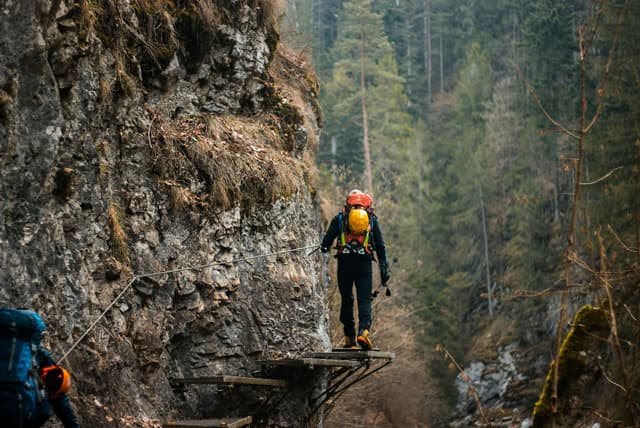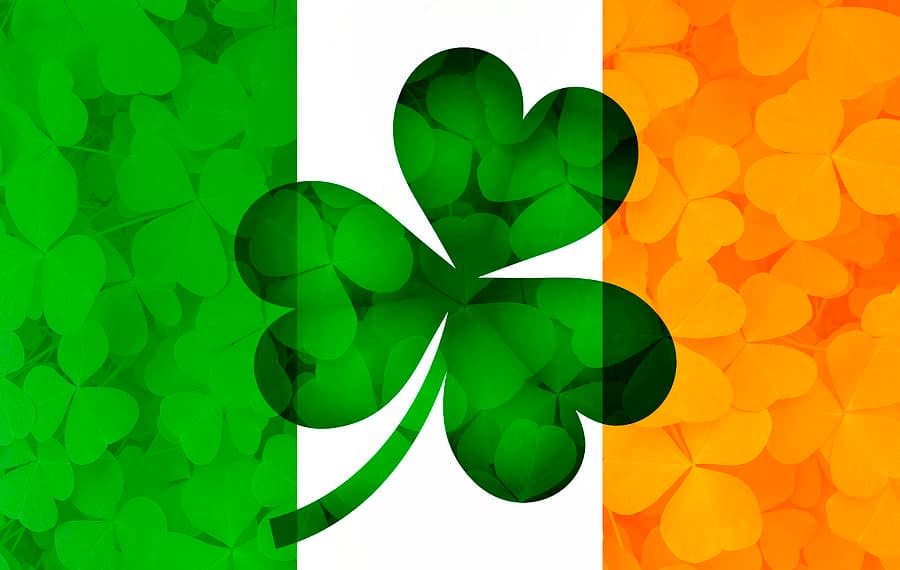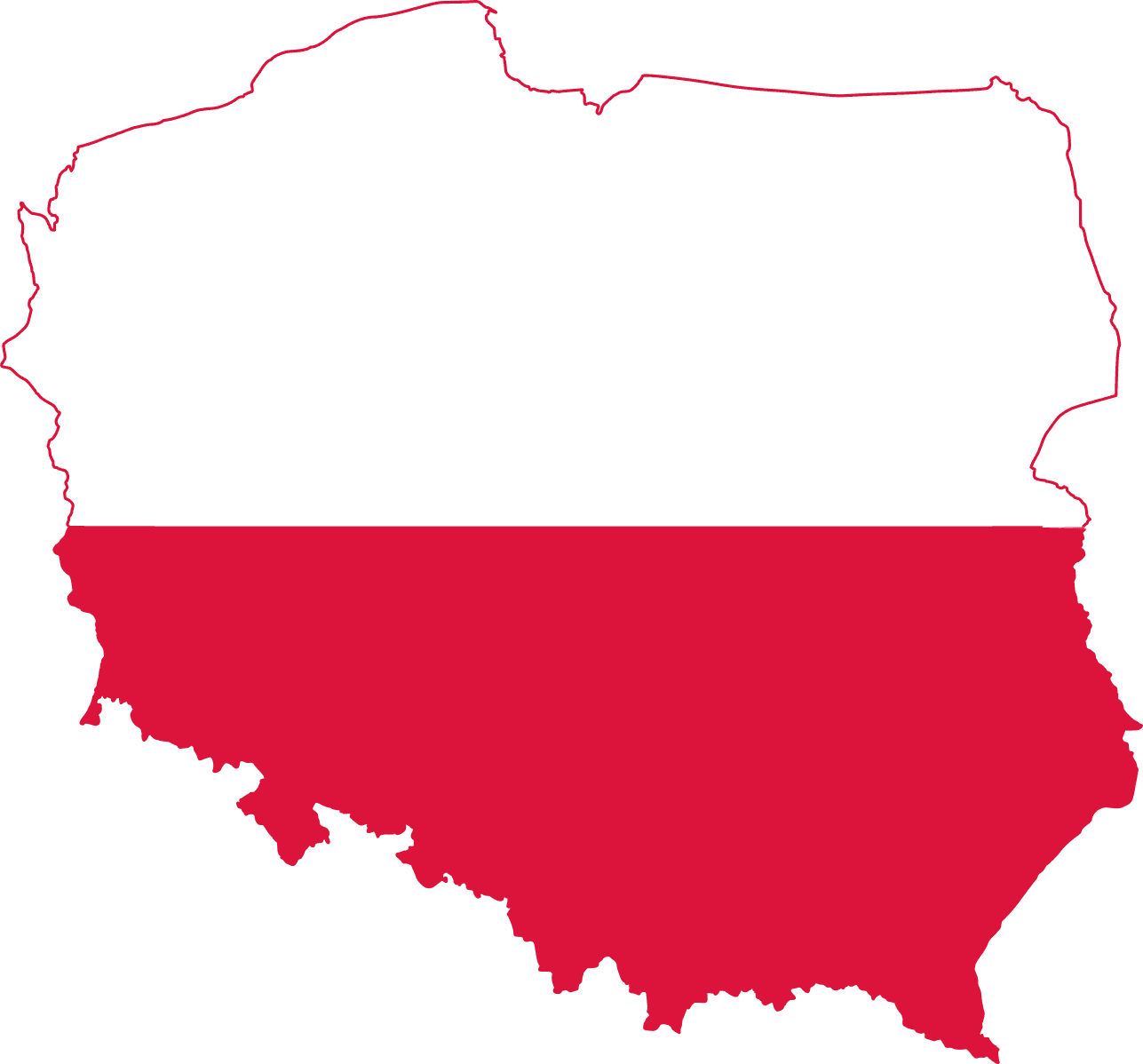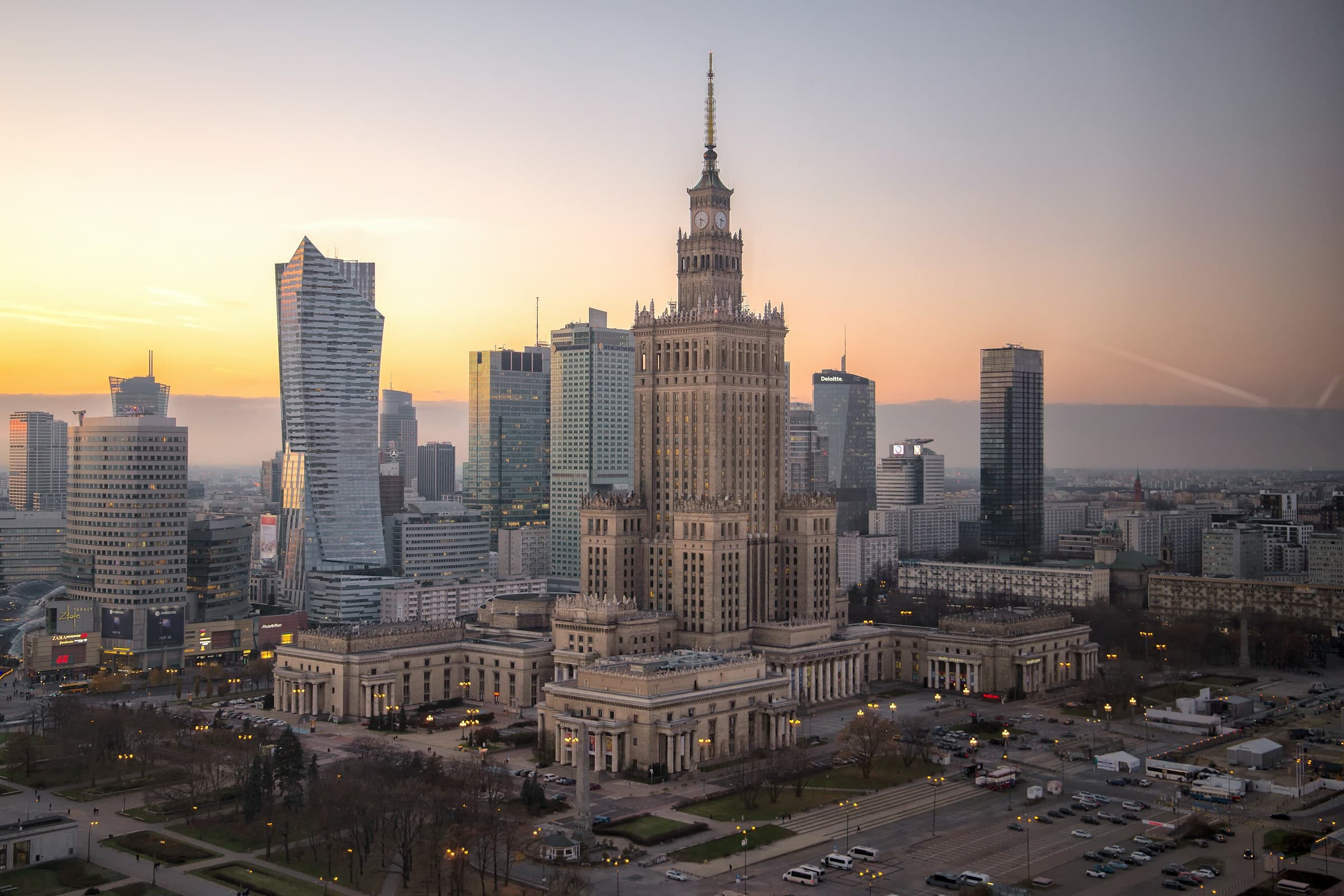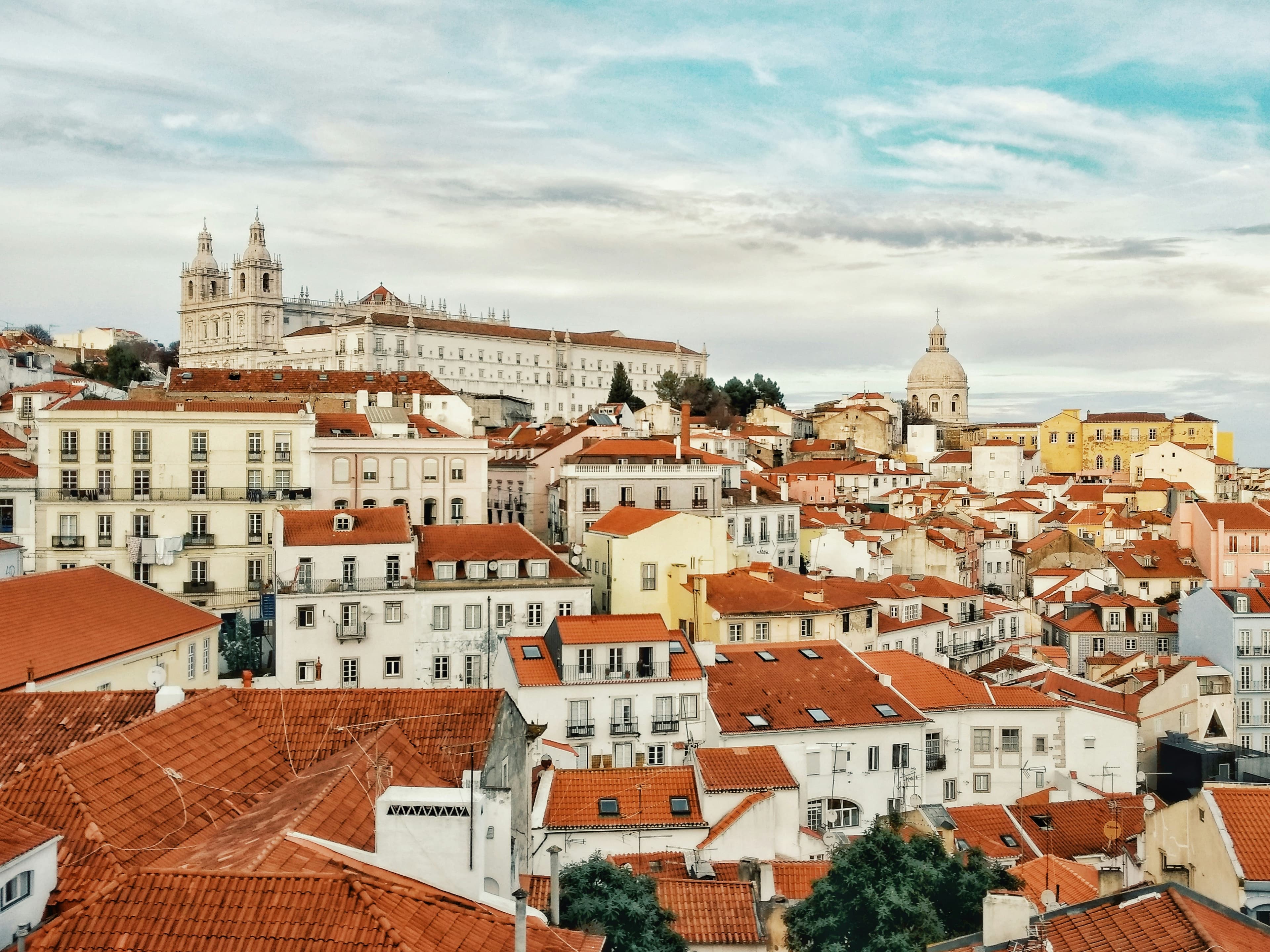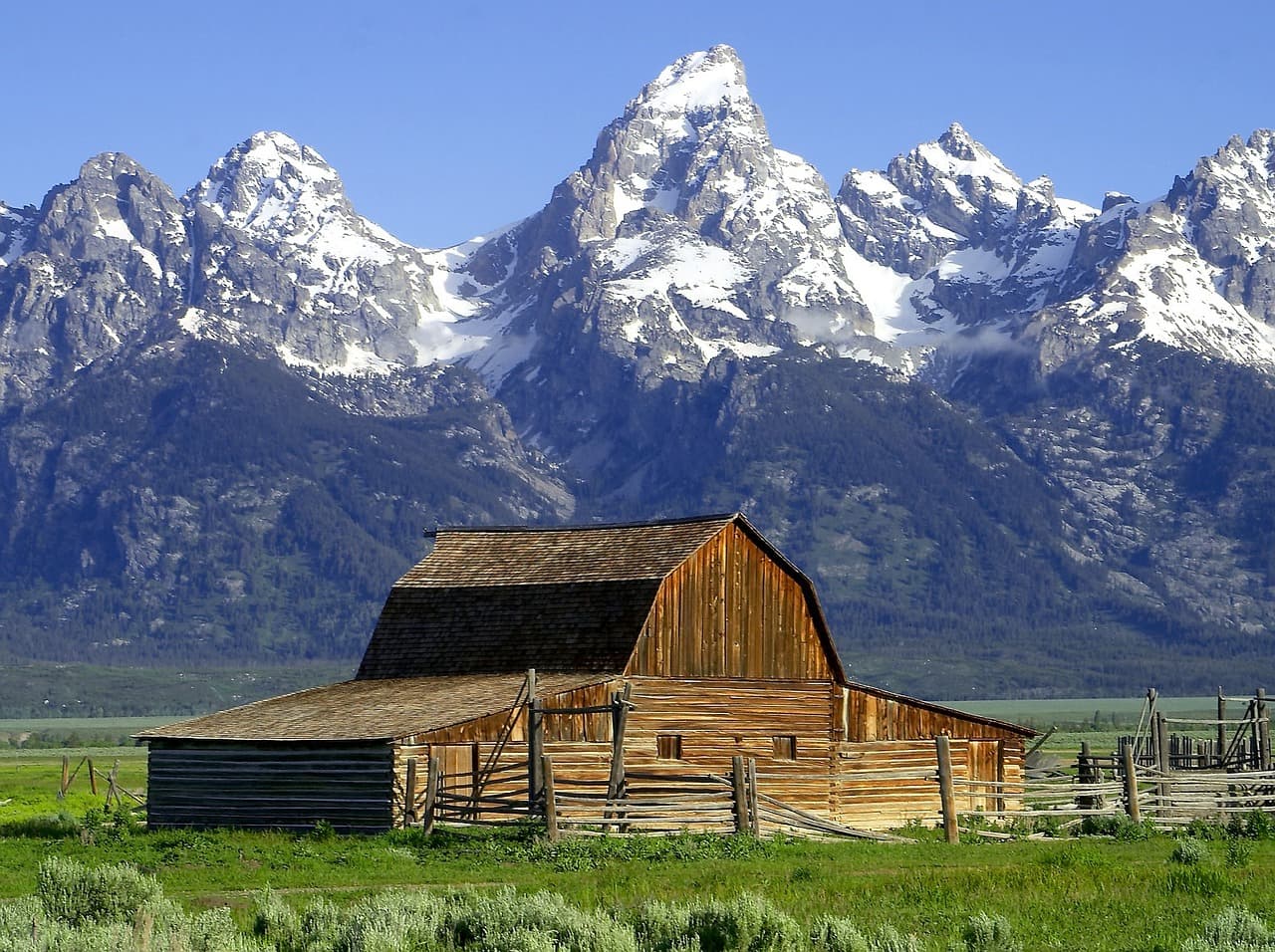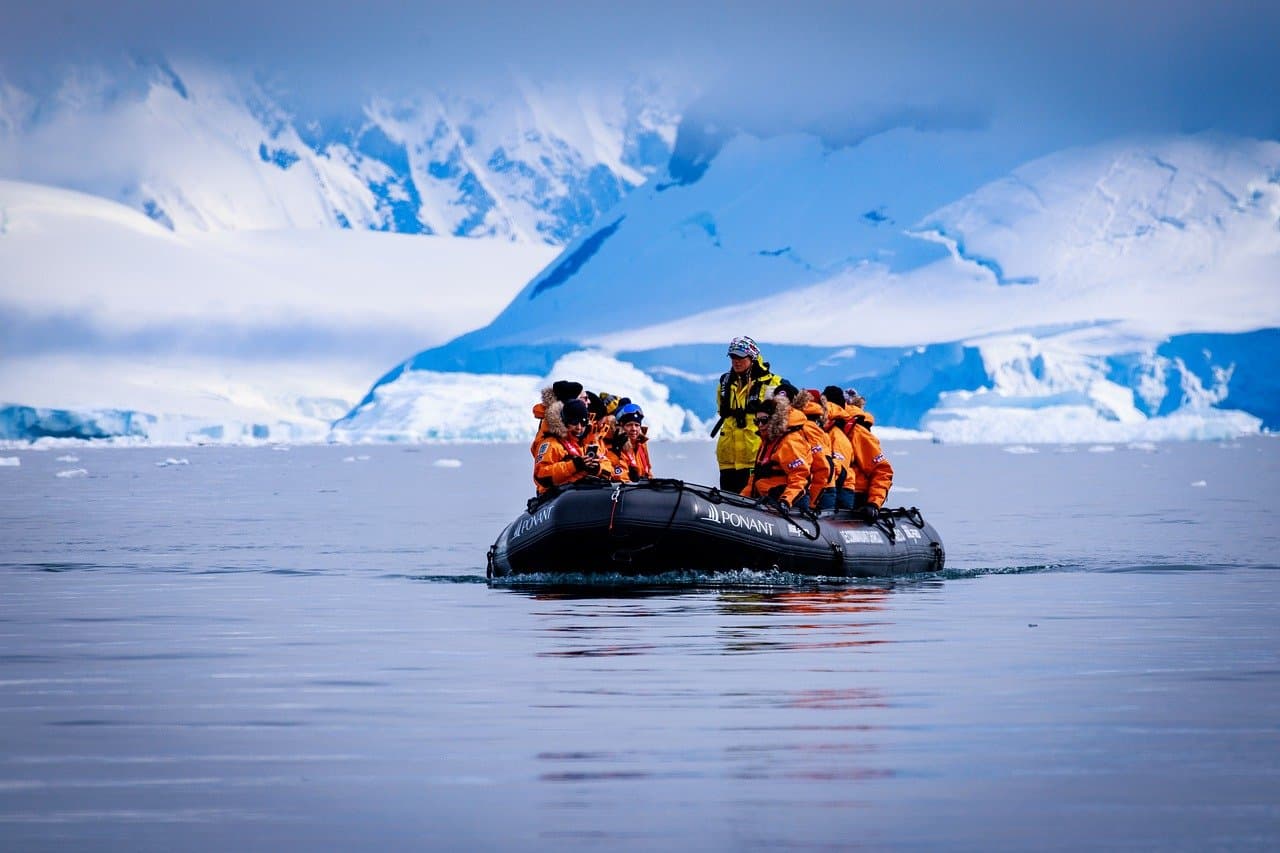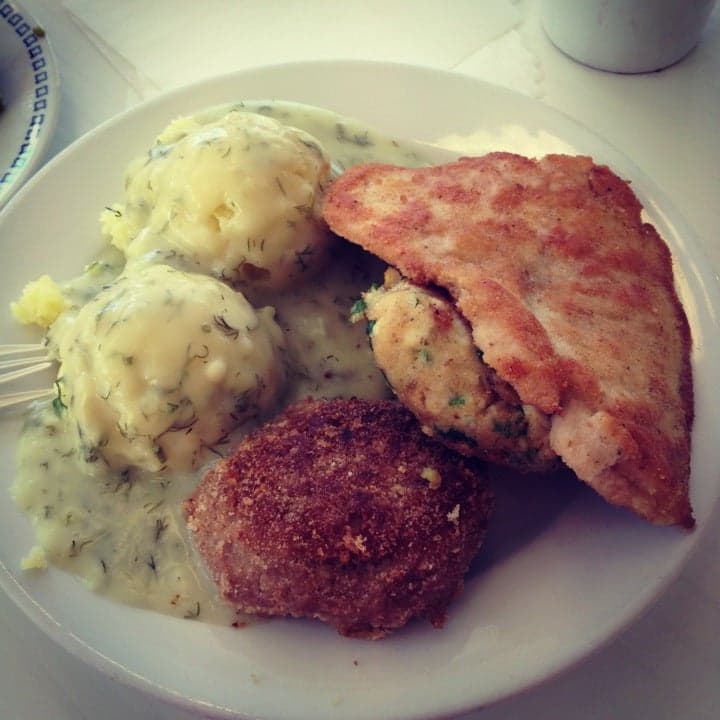Oravský Podzámok vs. Slovenský raj National Park
Oravský Podzámok
Oravský Podzámok is a small village in northern Slovakia, sitting at the foot of Orava Castle, one of the country's most famous medieval fortresses. It lies in the Orava region, about 11 km north of Dolný Kubín, surrounded by the rolling hills of the Orava Highlands. The Orava River flows through the area, shaping both the landscape and the history of the settlement. The village has a long history, with evidence of habitation dating back to the turn of the first millennium. However, it was first mentioned in writing in 1267, mainly in connection with the castle. For centuries, it was a settlement of castle workers and farmers under the rule of noble families like the Thurzos. It remained closely tied to the castle until the 19th century when it became an independent municipality. The main attraction is Orava Castle itself, an impressive fortress built on a steep rock overlooking the village. The castle has sections from different time periods, ranging from the 13th to the 17th ce...
Slovenský raj National Park
Slovenský raj National Park is one of Slovakia’s most stunning natural areas. The name means "Slovak Paradise," and it fits—the park is a maze of deep gorges, waterfalls, and dense forests, crisscrossed by ladders, wooden bridges, and chain-assisted pathways that turn hiking into an adventure. If you like nature with a bit of adrenaline, this place is for you. The park is in eastern Slovakia, covering nearly 200 square kilometers of rugged limestone terrain. Over centuries, the Hornád River and its tributaries carved dramatic canyons and ravines into the landscape. The most famous of these is Suchá Belá, a gorge with wooden walkways and metal ladders leading past waterfalls. Prielom Hornádu, a breathtaking river canyon, is another highlight, where hikers traverse cliffside ledges and wade through the river itself. One of the most famous viewpoints is Tomášovský výhľad, a rocky outcrop offering sweeping views over the Hornád valley. Rock climbers love it, but you don’t need ropes...
Reviews
Reviews
Reviewed on 2/28/2025
| Item | Votes | Upvote |
|---|---|---|
| Quiet | 1 | |
| Small | 1 | |
| Pretty | 1 |
| Item | Votes | Upvote |
|---|---|---|
| No cons yet, would you like to add one? | ||
| Item | Votes | Upvote |
|---|---|---|
| Beautiful | 1 | |
| Great for the adventurous | 1 |
| Item | Votes | Upvote |
|---|---|---|
| Can be scary | 1 |
Frequently Asked Questions
Oravský Podzámok is ideal for those seeking a quiet and small village atmosphere, surrounded by historical sites and the impressive Orava Castle. In contrast, Slovenský raj National Park offers a more adventurous experience with its stunning natural landscapes, deep gorges, and adrenaline-pumping hiking trails. If tranquility is your priority, Oravský Podzámok is the better choice, while Slovenský raj is suited for those looking for adventure.
Slovenský raj National Park is the clear winner for outdoor activities, featuring a variety of hiking trails, climbing routes, and opportunities for winter sports like cross-country skiing. Oravský Podzámok, while beautiful and quiet, primarily offers historical exploration and access to the surrounding natural beauty, but lacks the extensive adventure options found in Slovenský raj.
Yes, the natural scenery in Slovenský raj National Park is generally considered more impressive due to its dramatic landscapes, including deep gorges, waterfalls, and diverse wildlife. Oravský Podzámok, while picturesque with its castle and rolling hills, does not offer the same level of natural adventure and breathtaking views as Slovenský raj.
Oravský Podzámok may be more suitable for families looking for a relaxed atmosphere with historical exploration, as it offers a quiet village experience. Slovenský raj National Park, while exciting and beautiful, may not be ideal for families with young children due to its challenging trails and potential for scary situations. Families should consider their children's comfort with adventure when choosing between the two.
Oravský Podzámok is known for its proximity to Orava Castle, one of Slovakia's most famous medieval fortresses. The village has a rich history dating back to the first millennium and features several historical sites, including the Church of St. John of Nepomuk and various 18th and 19th-century buildings.
The pros of visiting Oravský Podzámok include its quiet atmosphere, small size, and picturesque scenery. There are currently no cons listed by users, making it an appealing destination for those looking to explore a tranquil village with historical significance.
In Oravský Podzámok, visitors can explore the impressive Orava Castle, hike in the surrounding Orava Highlands, and enjoy cycling or winter sports in the nearby mountains. The village's traditional atmosphere also offers a unique cultural experience.
Oravský Podzámok is located about 11 km north of Dolný Kubín in northern Slovakia. It can be reached by car or public transportation, making it accessible for tourists exploring the Orava region.
Slovenský raj National Park, meaning 'Slovak Paradise,' is known for its stunning natural beauty, featuring deep gorges, waterfalls, and dense forests. The park offers adventurous hiking experiences with ladders, wooden bridges, and chain-assisted pathways, making it a popular destination for nature lovers and thrill-seekers.
Pros of visiting Slovenský raj National Park include its beautiful landscapes and the adventurous hiking opportunities it offers. However, a con is that some of the trails can be scary for those who are not accustomed to heights or rugged terrain.
Slovenský raj National Park is home to a diverse range of wildlife, including brown bears, wolves, lynxes, and golden eagles. The park's dense forests and meadows also support rare flowers and one of the highest concentrations of butterflies in Slovakia.
Main attractions in Slovenský raj National Park include the Suchá Belá gorge with its wooden walkways and metal ladders, the breathtaking Prielom Hornádu river canyon, and the famous viewpoint Tomášovský výhľad. Additionally, the UNESCO-listed Dobšinská Ice Cave, known for its massive ice formations, is a must-visit.
The best time to visit Slovenský raj National Park is during the summer months when the weather is ideal for hiking. However, it also attracts visitors in winter when the trails are transformed into cross-country ski routes, offering a different way to experience the park's beauty.
